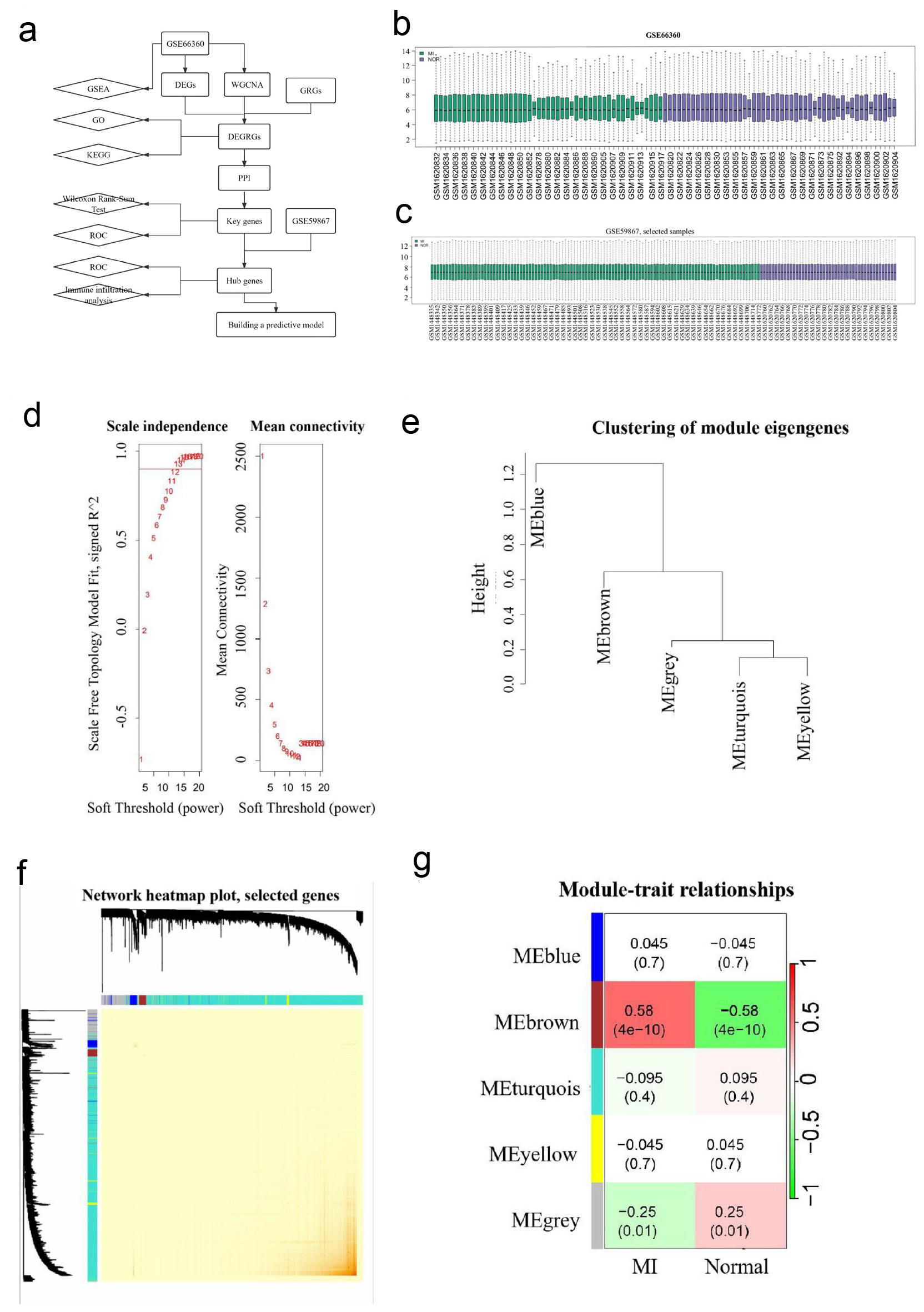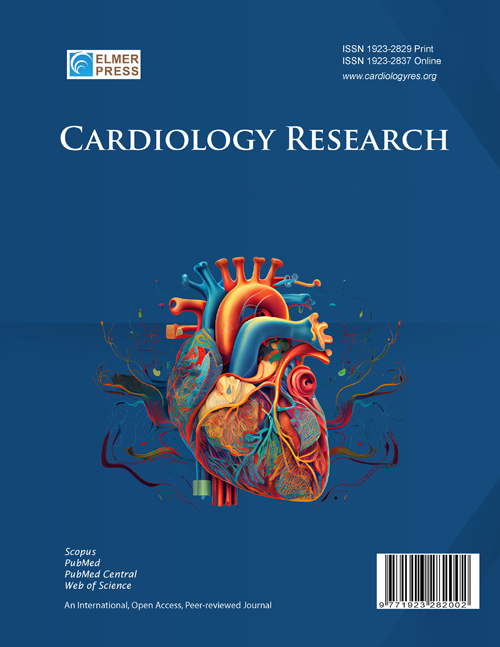Glycolysis-Related Genes, S100A8 and CXCL1, Participate in Acute Myocardial Infarction by Regulating Immune Cell Infiltration
DOI:
https://doi.org/10.14740/cr2090Keywords:
Acute myocardial infarction, Energy metabolism, Glycolysis, Immune infiltration, BioinformaticsAbstract
Background: Acute myocardial infarction (AMI) is one of the most severe forms of acute coronary syndrome. During myocardial ischemia, cardiac glycogen is metabolized through glycolysis, which becomes the primary source of ATP. The genetic regulation of glycolysis is well established, yet its contribution to AMI pathogenesis remains poorly understood. This study aimed to use bioinformatics approaches to identify glycolysis-related genes (GRGs) associated with AMI, providing a foundation for their potential applications as molecular markers and therapeutic targets.
Methods: GRGs were retrieved from the GeneCards database. Weighted gene co-expression network analysis (WGCNA) was applied to the GSE66360 dataset to identify hub genes, which were validated by the Wilcoxon rank-sum test and the receiver operating characteristic (ROC) curve analysis. Immune cell infiltration and its association with hub gene expression in AMI were further examined using the CIBERSORT algorithm.
Results: Analysis of the GSE66360 dataset identified 695 differentially expressed genes (DEGs). Gene set enrichment analysis (GSEA) indicated that these genes may contribute to AMI pathogenesis by regulating cellular energy metabolism. Intersecting DEGs with GRGs yielded 31 differentially expressed glycolysis-related genes (DEGRGs). Gene Ontology (GO) and Kyoto Encyclopedia of Genes and Genomes (KEGG) pathway analyses suggested that DEGRGs may influence AMI development by modulating immune cell function and immune response status. Construction of a protein-protein interaction (PPI) network identified seven hub genes, all of which demonstrated diagnostic performance in GSE66360 based on the ROC analysis. Validation in the independent dataset GSE59867 confirmed two hub genes with diagnostic potential. Immune infiltration analysis further revealed that these two hub genes were significantly associated with multiple types of immune cells.
Conclusion: Two GRGs, S100A8 and CXCL1, were identified as potential biomarkers and therapeutic targets in AMI. Both genes were associated with immune cell infiltration, suggesting that they may contribute to AMI pathogenesis through immunometabolic regulation. Importantly, combined detection of these hub genes may facilitate early risk stratification and prediction of major adverse cardiac events, offering a new direction for AMI diagnosis and prognosis.

Published
Issue
Section
License
Copyright (c) 2025 The authors

This work is licensed under a Creative Commons Attribution-NonCommercial 4.0 International License.










